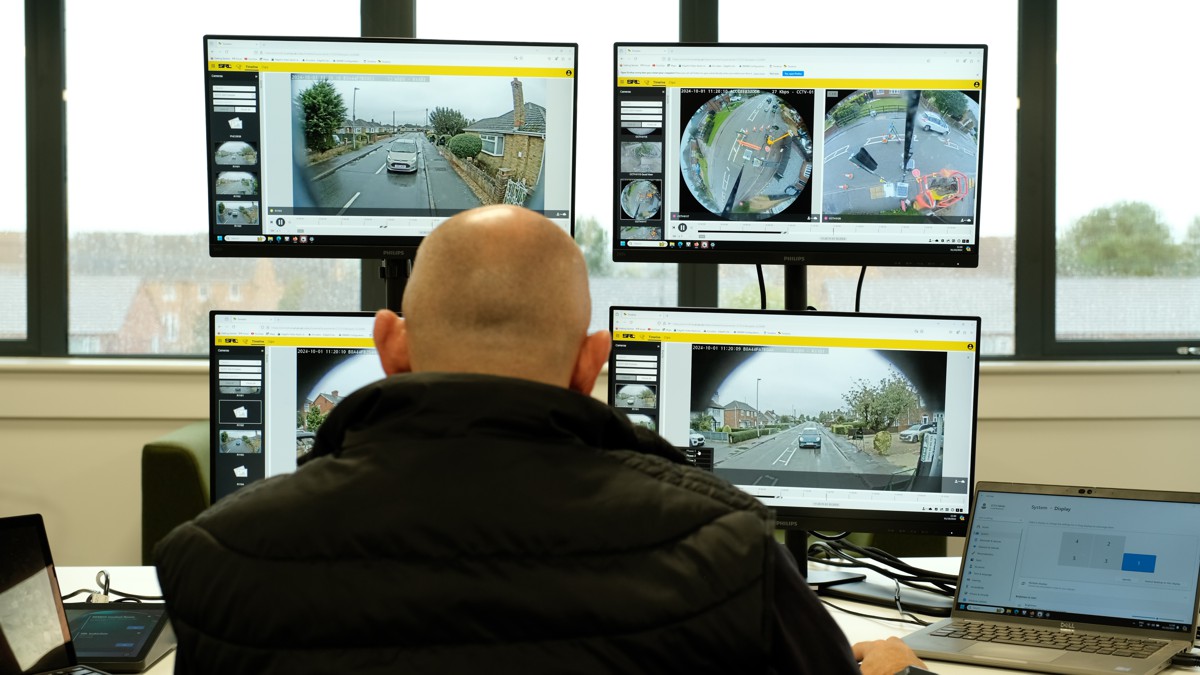Esri launches Indoor Positioning Navigation System
Smartphone navigation apps have given people a greater sense of personal freedom, allowing them to efficiently venture from one unfamiliar place to another, still knowing where they are.
That sense of knowing can quickly fade once someone has arrived at an airport, corporate campus, or medical center complex. While a global positioning system (GPS) can’t find a doctor’s suite or help medics locate an apartment inside a building, an indoor positioning system can. To meet this demand and bring new understanding of indoor use patterns to improve operational efficiency, Esri, the global leader in location intelligence, has launched ArcGIS IPS. The new product will enable organizations to add indoor location services across their facilities and campuses.
“Indoor positioning systems solve the ‘last mile’ navigation challenge, bridging the gap between outdoor and indoor worlds,” said Jack Dangermond, Esri founder and president. “We are pleased to offer this important capability that is another piece in completing holistic mapping systems for organizations that aspire to the digital transformation that geospatial technology provides.”
Indoor positioning systems are a consequential leap toward smart city efficiency and convenience, bundling features for managing facilities and monitoring them for conditions that might affect safety and security. The arrival of this technology is also timely. The world’s inventory of indoor square footage is expected to nearly double by 2060, according to the United Nations’ Global Status Report 2017. Public safety departments and other first responders will need to navigate indoor spaces quickly to maintain response times.
With ArcGIS IPS, maintenance workers can review service requests to immediately identify and navigate to a location inside the building where repairs are needed. To report a new issue, they can log in and mark their position, making it easier for other team members to find that location for follow-up work. As an additional benefit, this type of automation reduces errors that can occur with manual reporting.
ArcGIS IPS enables real-time indoor location services through Esri’s ArcGIS Indoors mobile application and in custom apps built with ArcGIS Runtime SDKs. To implement the system, Bluetooth beacons, also known as iBeacons, are installed inside buildings. These small, one-way radio transmitters send out information that gets picked up by mobile devices. Esri’s ArcGIS IPS Setup mobile app collects radio signals to locate user mobile devices. The user’s location displays as a blue dot on the ArcGIS IPS map, the same way it might display in familiar GPS navigation apps.
In addition to real-time indoor wayfinding, ArcGIS IPS provides GIS teams, facility managers, and senior executives with location information data capture and analytics. Within hybrid workplace models, these tools are increasingly in demand for managing flexible seating arrangements and sharing individual user locations. This creates transparency for identifying on-site staff and improves safety for in-person workers. As with smartphone navigation apps, mobile device users can choose to turn on location sharing or opt out.















